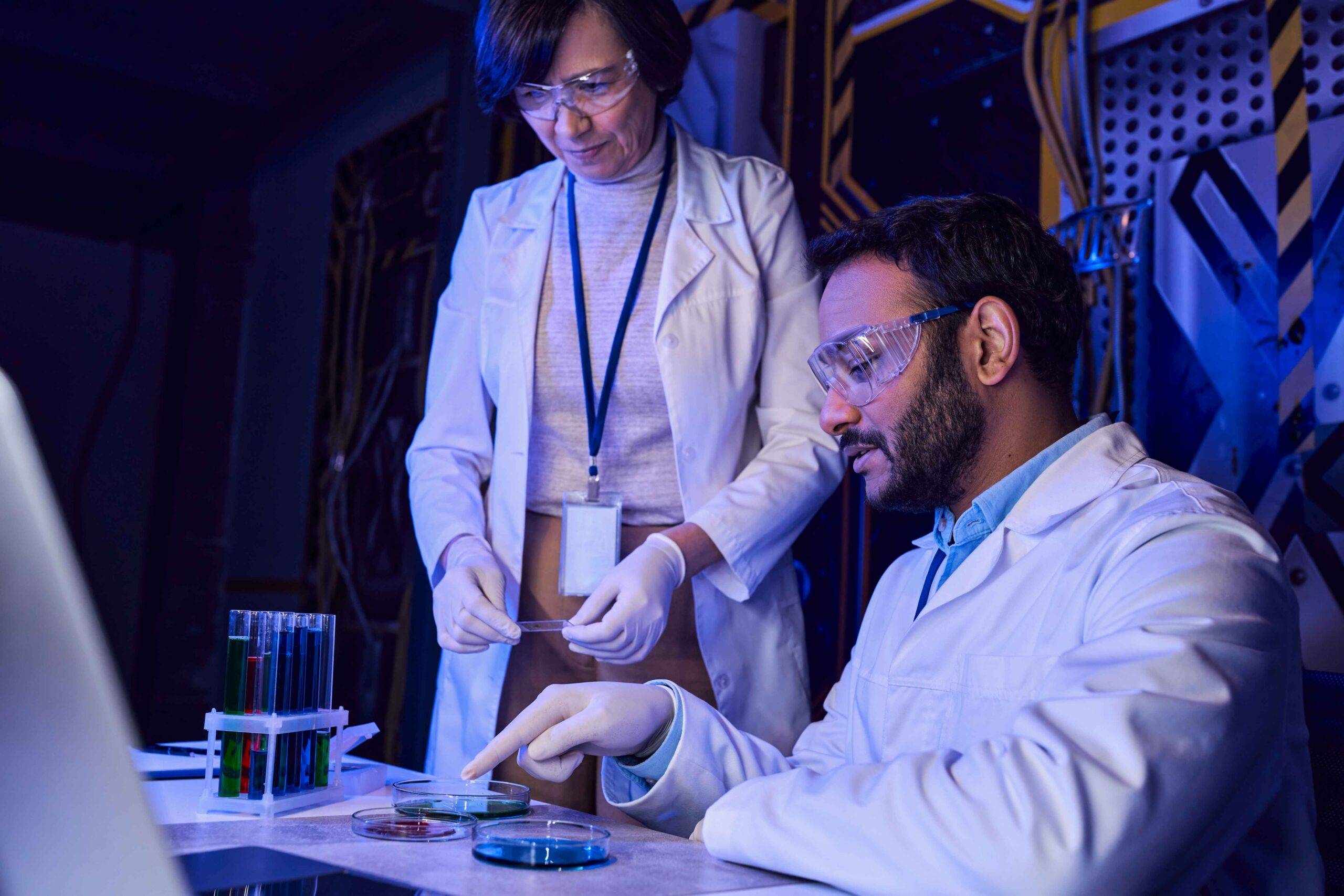Understanding the Impact and Applications of Nanotechnology in Various Industries and Its Implications for Health and the Environment
In recent years, nanotechnology has emerged as a groundbreaking field with the potential to revolutionize various industries and sectors. At the heart of this innovation lies the manipulation of matter at the nanoscale, where materials exhibit unique properties and behaviors. In this comprehensive exploration, we delve into the fascinating realm of nanoparticles and nanoscience, uncovering their applications, implications, and the transformative impact they hold for society.
Understanding Nanotechnology: A Primer
Nanotechnology, often referred to as the science of the small, encompasses the design, manipulation, and utilization of structures and devices with dimensions of about 100 nanometers or less. To put this into perspective, a human hair is approximately 80,000 nanometers wide, highlighting the minuscule scale at which nanotechnology operates.
At the nanoscale, materials exhibit novel properties that differ significantly from their macroscopic counterparts. These properties stem from quantum effects and surface area-to-volume ratios, leading to enhanced mechanical, electrical, thermal, and optical characteristics. Nanotechnology harnesses these unique properties to engineer materials with tailored functionalities for a myriad of applications.
The Role of Nanoparticles in Industry
Nanoparticles, defined as particles with dimensions in the nanometer range, serve as the building blocks of nanotechnology. These tiny entities find applications across diverse industries, ranging from electronics and materials science to medicine and environmental remediation.
In materials science, nanoparticles enable the development of products with enhanced mechanical properties, such as surface friction, wear resistance, and adhesion. Their high surface area facilitates interactions with other materials, leading to improved performance and functionality in various applications.
In the realm of biology and medicine, nanomaterials play a pivotal role in drug design and delivery. By encapsulating therapeutic agents within nanoparticles, researchers can enhance drug stability, target specific tissues or cells, and minimize off-target effects. Moreover, nanoparticles find utility in diagnostic techniques, enabling the detection and imaging of biological structures with unprecedented sensitivity and precision.
Consumer products represent another domain where nanoparticles exert a significant influence. From scratchproof eyeglasses and crack-resistant paints to transparent sunscreens and antimicrobial coatings, nanoparticles contribute to the development of stronger, lighter, and more durable materials. Their incorporation into everyday products enhances performance while minimizing environmental impact.
Exploring Nanoscience: Unraveling the Mysteries of the Nanoscale
Nanoscience, the interdisciplinary study of phenomena occurring at the nanoscale, underpins the advancements in nanotechnology. Drawing insights from chemistry, physics, biology, and engineering, nanoscientists unravel the mysteries of the nanoworld, paving the way for transformative innovations.
One of the fundamental principles of nanoscience is the manipulation of nanoparticles’ physical and chemical properties. These properties, which vary with size, shape, surface characteristics, and composition, dictate the behavior of nanoparticles in different environments. By understanding and controlling these factors, researchers can tailor nanoparticles for specific applications, optimizing their performance and efficacy.
Nanoscience also encompasses the study of nanoparticle synthesis and assembly. Whether through controlled chemical reactions in liquid phases or gas-phase condensation processes, researchers can engineer nanoparticles with precise characteristics and functionalities. By elucidating the mechanisms governing nanoparticle formation, scientists can optimize synthesis methods and develop novel materials with tailored properties.
Furthermore, nanoscience explores the interactions between nanoparticles and biological systems, shedding light on their potential impact on human health and the environment. By investigating nanoparticle-cell interactions, researchers can assess their biocompatibility, toxicity, and bioaccumulation potential, informing the safe design and use of nanomaterials in various applications.
Navigating the Implications of Nanotechnology
While nanotechnology holds immense promise for innovation and advancement, its widespread adoption raises concerns regarding potential risks and unintended consequences. Engineered nanoparticles, with their unique properties and behaviors, may pose new challenges for human health and environmental sustainability.
One area of concern revolves around the potential health effects of nanoparticle exposure. Due to their small size, nanoparticles can penetrate biological barriers and interact with cells and tissues, raising questions about their biocompatibility and long-term effects. Inhalation of airborne nanoparticles, particularly from industrial sources or consumer products, may pose respiratory and cardiovascular risks, necessitating rigorous risk assessment and mitigation strategies.
Moreover, nanoparticles’ environmental fate and impact warrant careful consideration. Engineered nanoparticles released into the environment may accumulate in soil, water, and organisms, potentially disrupting ecosystems and posing risks to biodiversity. Understanding the mechanisms governing nanoparticle transport, transformation, and bioavailability is crucial for assessing their environmental implications and implementing effective regulatory measures.
Conclusion
In conclusion, nanotechnology represents a frontier of scientific exploration and technological innovation with far-reaching implications for society. By harnessing the unique properties of nanoparticles and advancing our understanding of nanoscience, we can unlock new opportunities for progress in diverse fields.
However, realizing the full potential of nanotechnology requires a balanced approach that considers both its benefits and risks. As we continue to push the boundaries of nanoscience and nanotechnology, it is imperative to prioritize safety, sustainability, and ethical considerations. Through interdisciplinary collaboration, responsible innovation, and informed decision-making, we can navigate the complexities of the nanoworld and harness its transformative power for the betterment of humanity.

